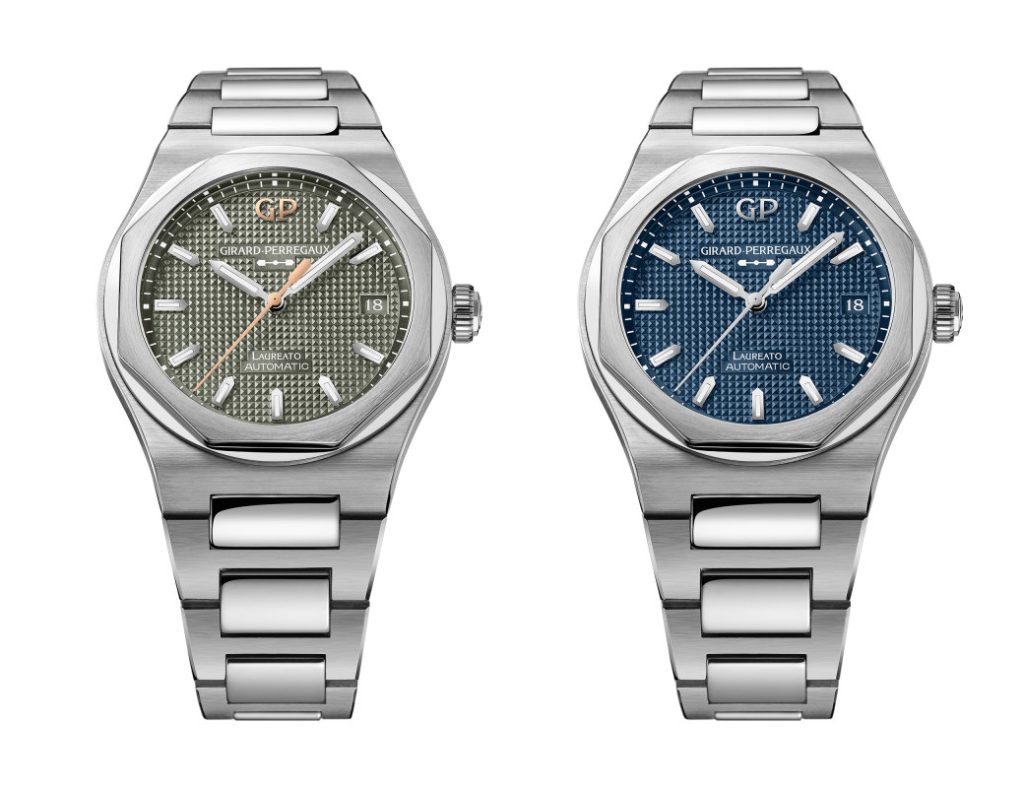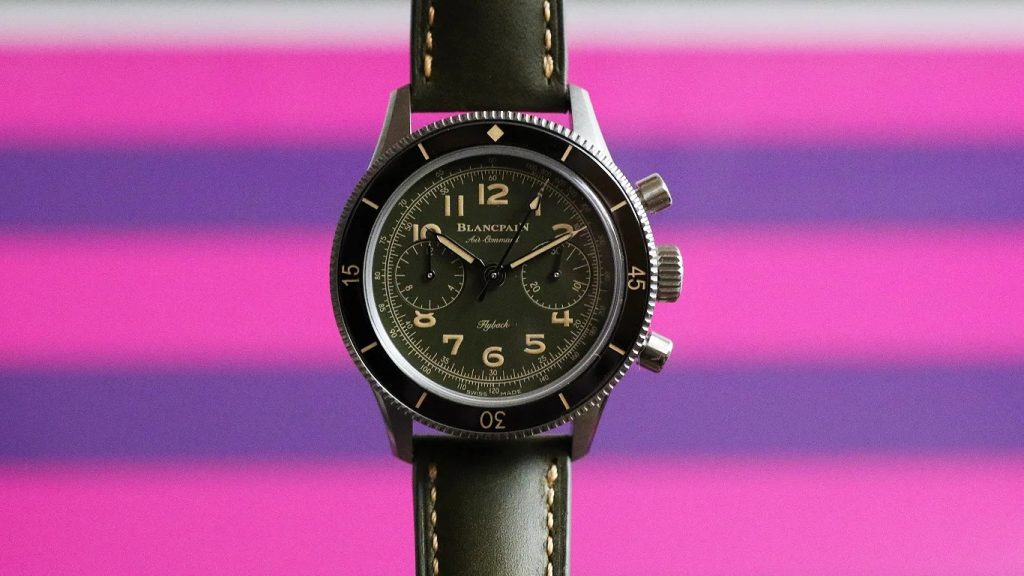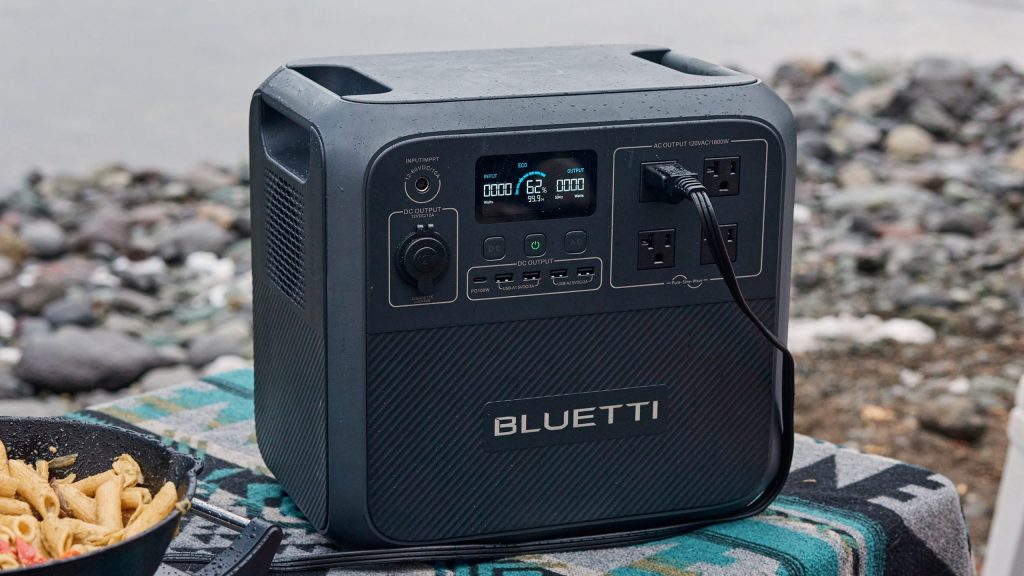Each year since 2017, Morgan Stanley, in collaboration with LuxeConsult, has issued a report on the state of the Swiss watch industry. The report ranks the top 50 Swiss-made and -owned brands according to their estimated sales for the year while also offering detailed analysis. This year’s report just dropped, and while some of its data was expected — Rolex, unsurprisingly, maintains an iron grip on the industry — there are quite a few surprises, too.
Below, discover the top 50 brands and how much they generated in sales, along with our big takeaways from the list.
The Top 50 Swiss Watch Brands
- Rolex
- Cartier
- Omega
- Audemars Piguet
- Patek Philippe
- Richard Mille
- Longines
- Vacheron Constantin
- Breitling
- Tissot
- IWC
- Hublot
- Swatch
- Jaeger-LeCoultre
- TAG Heuer
- Hermès
- Tudor
- Panerai
- Bulgari
- Chopard
- Van Cleef & Arpels
- Chanel
- Blancpain
- Piaget
- A. Lange & Söhne
- Franck Muller
- Rado
- Breguet
- Montblanc
- Hamilton
- Mido
- Louis Vuitton
- Jacob & Co.
- Zenith
- Gucci
- Harry Winston
- F.P. Journe
- H. Moser & Cie.
- Certina
- Girard-Perregaux
- Ulysse Nardin
- Baume et Mercier
- Oris
- Frederique Constant
- Roger Dubuis
- Parmigiani Fleurier
- Dior
- Glashütte Original
- Bell & Ross
- Greubel Forsey
Rolex’s Dominance Is Out of This World
In 2023, Rolex on its own — not including subsidiary Tudor — accounted for 30.3 percent of the Swiss watch market. That is insane. It’s more than four times greater than its closest competitor, Cartier, and more than its next five closest competitors combined. (Cartier, Omega, Audemars Piguet, Patek Philippe and Richard Mille for those keeping score at home.) In the U.S., Rolex is even more dominant than in many other parts of the world, with the report estimating a 40 percent share of the market stateside for The Crown.
Affordable Watches Are Getting Harder to Come By…

Increasingly, the brand is being driven by high-priced luxury brands, with affordable and mid-level watches continuing to see their share of the market shrink. Nearly all of the representation for affordable watches in the top 50 comes from the Swatch Group, with the conglomerate’s brands accounting for 72 percent of entry and mid-level sales. Of Swatch Group’s most affordable brands, Longines and Tissot both rank in the top 10 (Longines at 6, Tissot at 10), Swatch comes in at number 13 and Hamilton (30), Mido (31) and Certina (32) all make the top 40. All of those brands have an implied average retail price of below CHF 2,000.
Just four brands in the top 50 — Swatch, Tissot, Gucci (owned by Kering) and Certina — have an average retail price below CHF 1,000. Meanwhile, 26 brands — more than half the list — have an average retail price that’s over CHF 10,000. Two brands, Richard Mille and Greubel Forsey, boast average retail prices that are six figures. It’s also worth noting that many luxury brands that most normal people would consider high-end, including Omega, Cartier, Breitling, IWC and JLC, all have average retail prices below CHF 10,000, which shows just how geared toward the one percent the industry has become. The report states that watches with retail prices above CHF 25,000 accounted for 69 percent of the industry’s growth overall.
Except When It Comes to Swatch…

The one big bright spot on the affordable end is Swatch, which finds itself at number 13 on this year’s list despite not even making the top 20 in last year’s report. Its success has been driven mostly by the continued success of the MoonSwatch, with the report stating that Swatch sold 2 million of the affordable chronographs in 2023. The Swatch x Blancpain Fifty Fathoms also helped drive sales, but at a fare less impressive clip: the report estimates its launch was half as successful as that of the MoonSwatch.
Overall, Swatch sold the most watches of any brand on the list by far, moving 5.8 million units overall. The next closest on the list is Tissot, which sold 3.1 million watches. The only other brands to sell over a million watches in 2023 were Longines and Rolex, with sales of 1.6 million and 1.24 million units, respectively.
Movers and Shakers
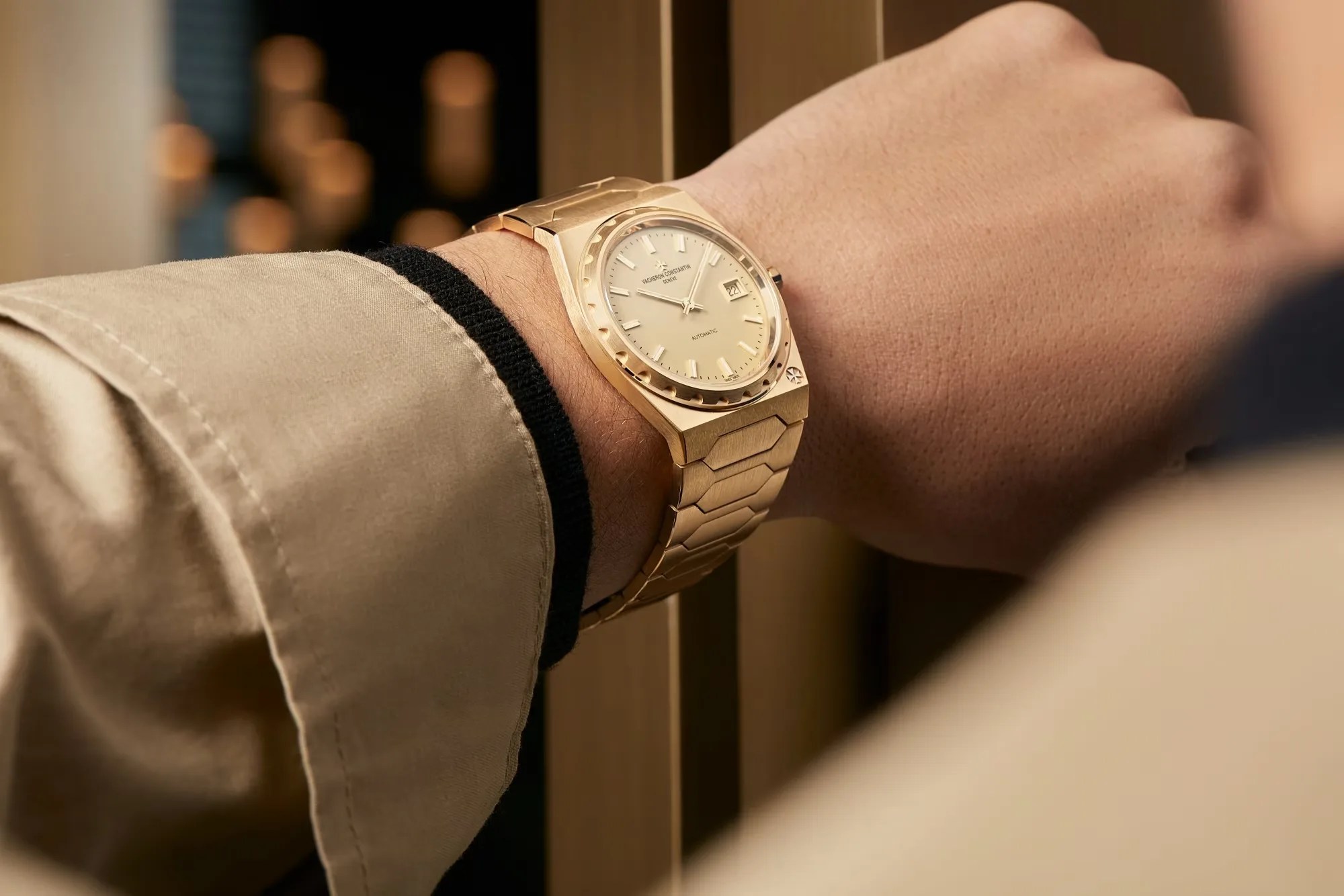
When looking at the performance of the last several years, some patterns can be gleaned about winners and losers. As already stated, Swatch is on fire and is the only newcomer to the top 20 this year (somewhat ironically, sister brand and collab partner Blancpain was the brand it replaced in the top 20). Looking at the wider picture, other big movers offer more proof of the shift away from entry-level and mid-priced brands toward ultra-luxury.
Longines was ranked fourth from 2017 — 2019, but has fallen steadily since and now ranks seventh after having been passed by Audemars Piguet, Patek Philippe and Richard Mille. Speaking of RM, the mega-premium brand wasn’t even in the top 20 back in 2018 and now it sits in sixth place. Tissot managed to jump two spots from last year, moving back into the top 10 after having fallen to number 12 last year thanks in part to strong sales of the PRX. But back in 2018, the affordable brand came in at number 6, so it’s still lost some market share over the past decade.
TAG Heuer, by far the most affordable brand in LVMH’s portfolio with an average retail price CHF 2,228, peaked at the 8 spot in 2018 but now finds itself all the way down in 15th place. By contrast, Vacheron Constantin, with an average retail price of CHF 38,700, rose from the 14 slot in 2020 to number 8 in 2023, while also generating sales in excess of CHF 1 billion for the first time this past year. Finally, Hermès continues to surprise, with the independent luxury brand now nipping at TAG Heuer’s heels in the 16 spot, having leapfrogged both Tudor and Panerai.
Some Brands Are Smaller Than We Think

As someone covering the watch industry, I sometimes fall into the trap of believing that certain brands are larger and more common than they really are. This is especially true of brands that are popular within the enthusiast community, i.e., brands that sell mostly men’s sports watches. Looking at the data from last year, a few brands that jump out at me as being smaller than I would’ve guessed are Hamilton at number 30, Zenith at 34 and Oris all the way down at 43. If you had told me Franck Muller (26) outsold all three of the aforementioned brands, I would’ve assumed you were looking at data from 2003, not 2023.
Given its historical influence and stellar modern catalog, Zenith especially just feels to me like it should be a bigger brand. At least in the top 20, if not higher. During LVMH Watch Week, I had a chance to speak with the brand’s new CEO, Benoit de Clerck, and asked him about Zenith’s place in the market and if there were plans to aim higher (and reach their star, so to speak). For him, it all comes down to educating the public about what the brand has to offer.
“We’re so rich in terms of story, we’re so authentic, but we need to convey that,” de Clerck says. “15 years ago I was president of IWC in the U.S., and IWC was very, very small at the time. The way we launched the brand was, after we opened the second boutique in Vegas, we had events with the press and the media every single week to put the brand where the brand was supposed to be. And when you look at where IWC was two years ago, they were in a very good position. (The brand ranked 9th on Morgan Stanley’s list for 2021.)
“We see ourselves (at Zenith) in the same position where we were (with IWC) 15 years ago, and we’re willing to do the same thing because it worked.”
A Declaration of Independence
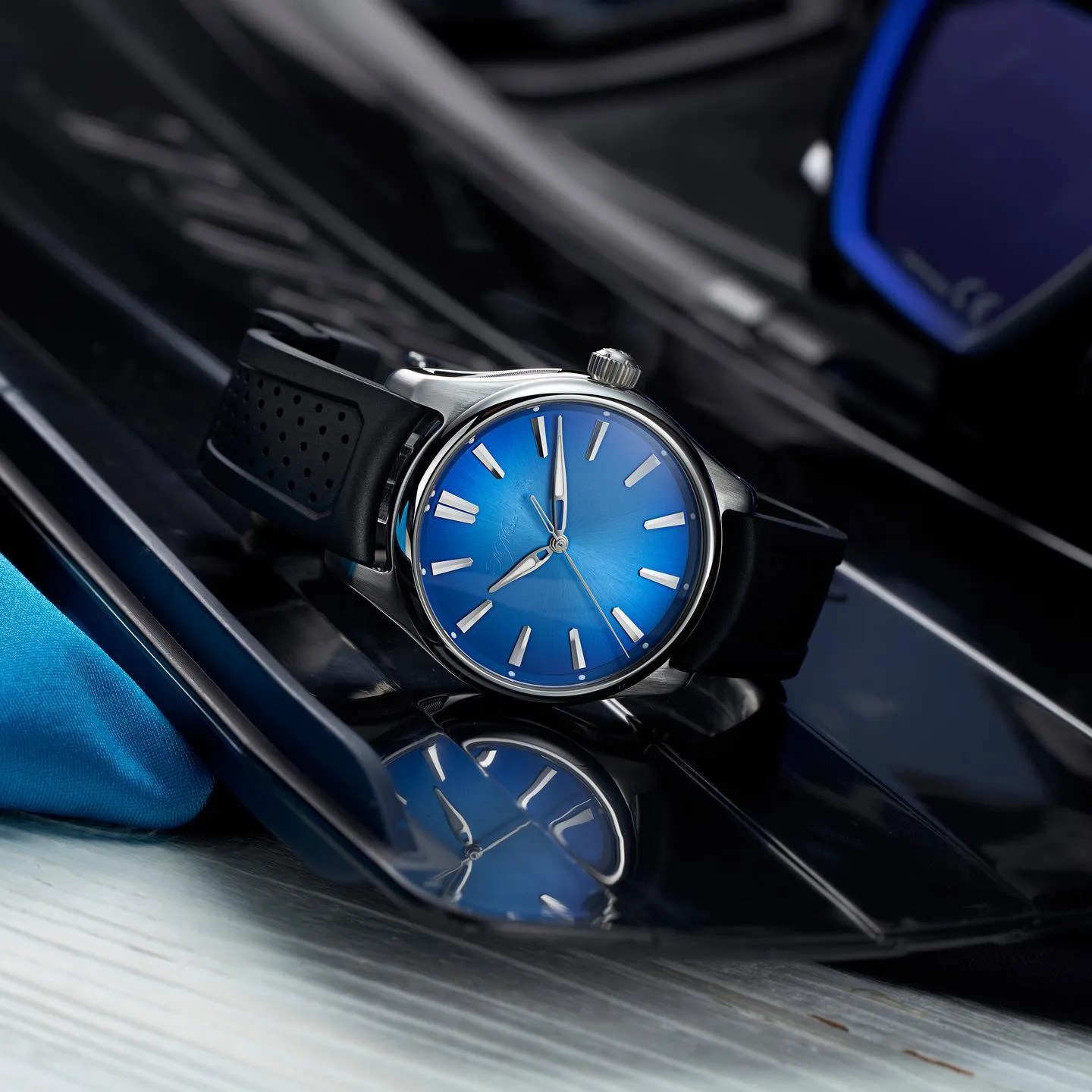
The list is still dominated by the big four watch conglomerates, with Rolex Group (Rolex and Tudor) taking up 31.9 percent of the market, Swatch Group accounting for 19.4 percent, Richemont clocking in at 18.7 percent and LVMH making a showing with 5.8 percent. Overall, they combine for over 75 percent of the market and account for 31 of the top 50 brands overall. But outside of Rolex, the three big watch groups all lost market share last year.
Picking up the slack are a slew of independent brands. We’ve already seen the barnstorming performance of AP, Patek, Richard Mille and Breitling in recent years, but smaller independent brands are making an impact too. Three comparatively minuscule high-end independents debuted on the list for the first time in 2023: F.P. Journe at number 37, H. Moser & Cie. at 38, and Greubel Forsey sneaking in at number 50 despite selling just 255 watches — by far the fewest of any brand, though having the highest SRP on the list at $313K helps make up ground.

